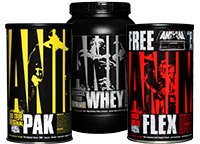
4 Steps To A Bigger Bench With Dan ''Boss'' Green
Who would you rather learn the bench from: Some random guy in the gym, or an Animal athlete who has put up over 500 pounds in competition? We thought so. Let Dan Green show you the way to unparalleled pressing power!
It doesn't matter if you're a powerlifter, a bodybuilder, or just a regular gym guy. The admiration of a big bench is pretty universal. But at some point you realize it's not very cool that you only "have a friend" who benches a ton, or that you used to bench a lot in high school. When this happens, it's time to take responsibility for your bench and become a respectable member of society.
Unfortunately, wanting it doesn't make it happen. First of all, you need to learn how to bench right. This means embracing it as a full-body lift that draws strength from not only the chest, tris, and delts, but also the upper back, lower back, butt, and legs.
That may sound like a lot to learn, but in my experience, you can make it happen by following four straightforward steps when you set up. From there, it's just a matter of executing them every time and putting in lots of reps. That part is up to you.
4 Steps To Increase Your Bench with Dan "BOSS" Green
Watch The Video - 15:18
Step 1 Get The Right Grip
Start by taking a strong, even grip on the bar. Use the rings on the bar to measure the width of your grip. The width of your grip helps determine if you're going to make the pecs do more work (wide), focus on the triceps (narrow), or take a balanced approach.
I recommend doing the majority of your pressing at an in-between width with your pinkies near the rings, at least in the beginning.
Until you're moving big-time weights, close-grip and wide-grip bench presses will serve you best as accessory movements.
The close-grip will overload the triceps, while a bottom-paused wide-grip is great for refining the groove of the press and teaching you to utilize your chest at the bottom and top of the press.
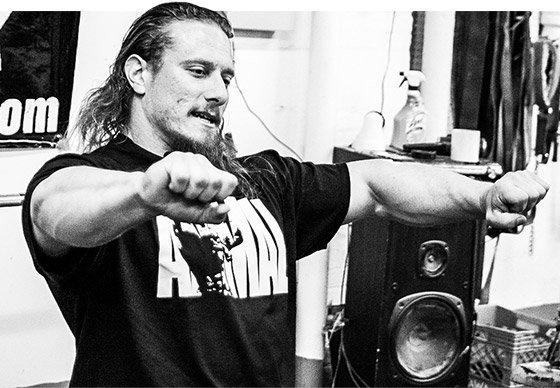
If you're a powerlifter looking for the best setup for maximizing your relative strengths, I can't help you here. Over time you'll naturally move toward the setup that lets you move the most weight in a single rep max, as well as the width that will allow you to progress the farthest in the long term. Finding that width is your job.
Step 2 Pinch The Shoulder Blades
There are many styles of bench pressing, but all good techniques start by pulling the shoulder blades together. Retracting the shoulder blades creates a very strong base for you to blast the weight from, and keeps it from wiggling around overhead. If the shoulders are retracted and held in place, all the tension created by the chest and arms during the press will transfer from the bench to the bar. This means power.
There are two ways to get into this position. First, you can simply pull yourself up like a mini pull-up and squeeze the shoulder blades together before dropping back onto the bench. Wiggling into place, squeezing one shoulder blade at a time, is also acceptable. Whichever move you choose, slightly lift the hips off the bench for just a moment while setting up. This will put all your weight on your upper back.
To make that tight upper back work for you during the press, focus on pressing yourself into the bench, not just making the bar move up. You can remember it this way: "Press into the bench to press into the bar."
Step 3 Pay Attention To The Elbows
As you lower and press the weight, you'll need to keep your elbows in an optimal position in order to tap into all that tension you generated in your setup. An easy and repeatable way to do this is by imagining the hands on a clock.
If your elbows point straight out to the side, that's like the 3 and 9 o'clock positions. This is a strong position to press in, as it recruits the muscle fibers of the pecs very well. However, if you lower the bar with the elbows in this position, and especially if you do so to a high point on the chest, you put your shoulders at risk. And if you start hurting your shoulders, you'll never get the bench you want.
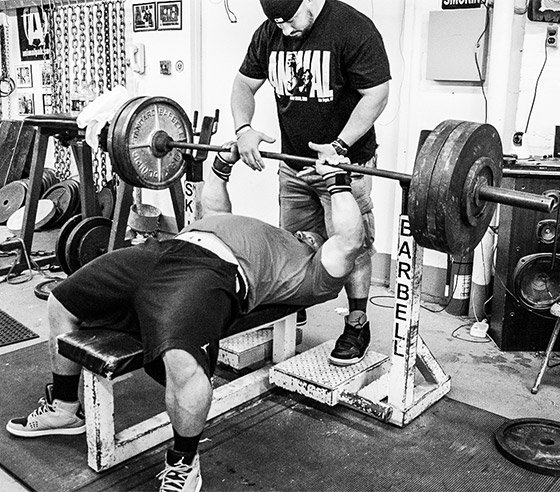
A better approach is to lower the bar to a point near the base of the sternum. This lower position will allow you to press with the delts more effectively. To get it there, keep the elbows out, but not all the way out—think 4 and 8 o'clock on a clock. This means that as the bar touches the lower part of the chest, the elbows will be directly in line with the bar, ready to drive the weight up.
From the bottom, press the bar up and slightly back toward the rack, which allows stronger drive from the triceps and shoulders. As you press through the midpoint, flare your elbows out to maximally recruit the pecs. This style maximizes the involvement of all three major players in the bench: chest, delts, and triceps.
Step 4 Get Your Legs In On The Action
What your legs are doing during the bench is hugely important. If your legs are relaxed, you can't use them to help move the bar, which is crucial for moving monster weights. But just as importantly, you also can't benefit from the added stiffness you've created throughout your body in the previous three steps.
In my experience, what is known as "leg drive" actually starts with the upper back. As you lower the bar, squeeze the upper back even harder than you did during your setup. This helps to transfer the load through the arms to the entire upper body. From there, you have two choices. First, you can tense your butt and quads to create a stronger pressing position and explode upward. A lot of people find this works well enough.
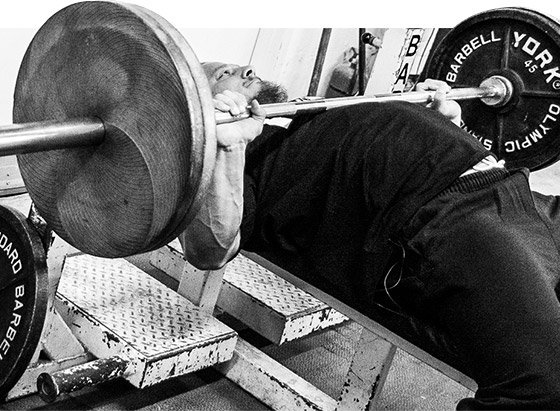
Alternately, you can allow the weight to momentarily "rest" on the chest. This is my preferred method. As the weight of the bar begins to transfer into the sternum and distribute itself throughout the body, use your legs to drive the body back into the weight, creating momentum in the beginning of the lift. I show what this looks like in the video above.
This technique is legal in all powerlifting meets, so long as your legs don't push your hips off the bench padding. So you'll need to learn to push your body horizontally along the bench. If you did a good job of planting your upper back, this horizontal push from the legs will force your chest up into the bar. This in turn will force the bar to start drifting back toward the rack. Your legs get the bar moving into the position over the chest, where you have the most power to lock the weight out.
Solid From The Ground Through The Bar
There are plenty of other tips that lifters use to overcome hurdles and weak points in their bench training. But these four steps can serve as the fundamentals of your bench technique while you're building up your base of strength and discovering where your specific weaknesses lie. How do you discover those? By training the bench, of course.
Keep a balanced approach built around both bench reps and some occasional heavy attempts. Supplement it with a healthy diet of accessory movements, and soon enough you're going to be benching the kind of weights that matter.
Recommended For You
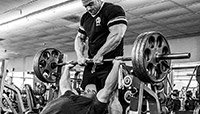
Build An Animal Chest: Frank McGrath And Evan Centopani Workout
What's better than an elite bodybuilder explaining his chest routine? How about two IFBB pros training together and discussing their pec-growth secrets!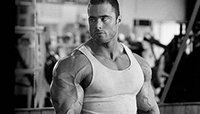
Big On A Budget: Food Shopping Like An Animal With Frank McGrath
Is it possible to eat enough to grow on only $50 per week? It is, according to IFBB pro Frank McGrath. Hop in the kiddie seat and let him push you down the grocery aisle.


